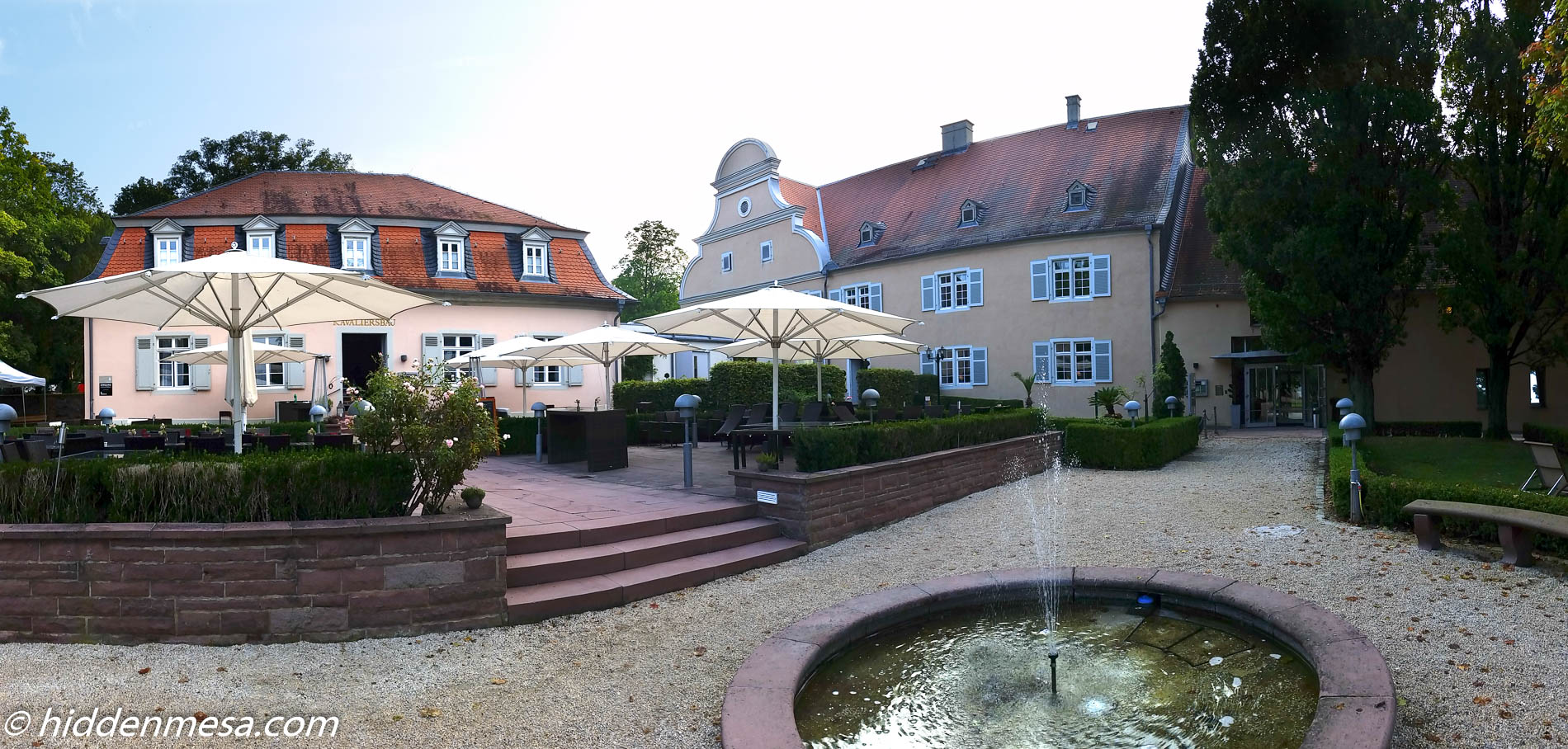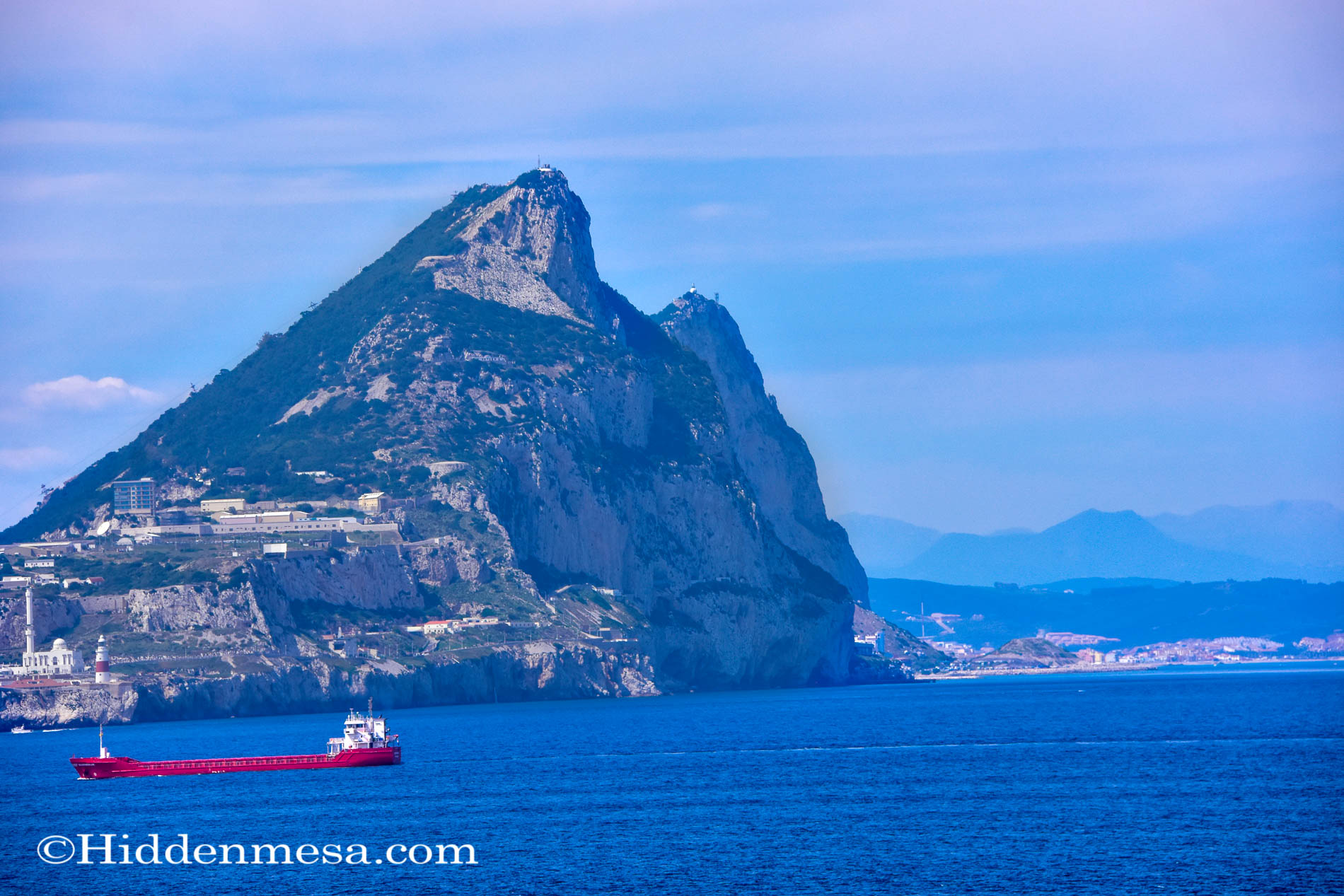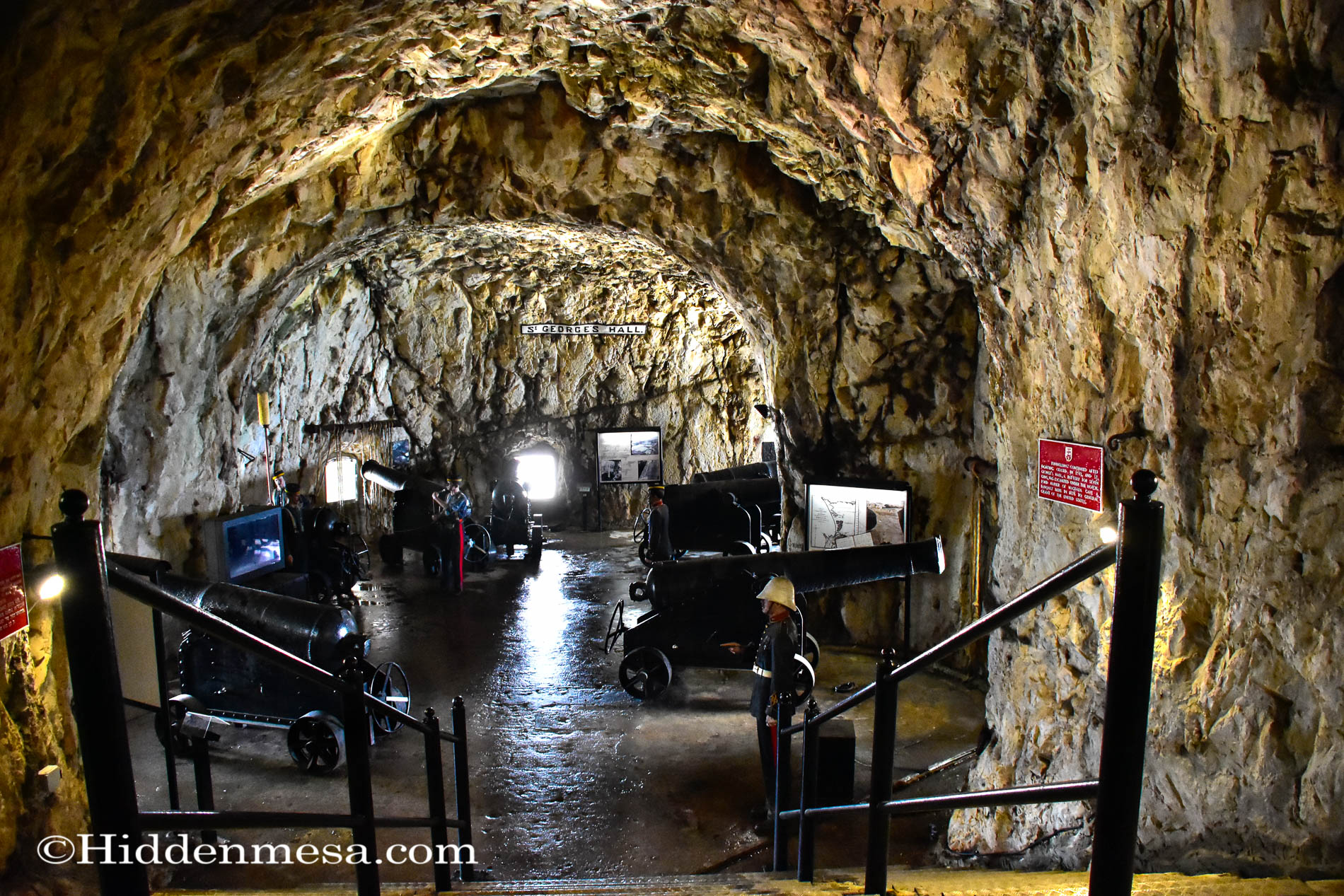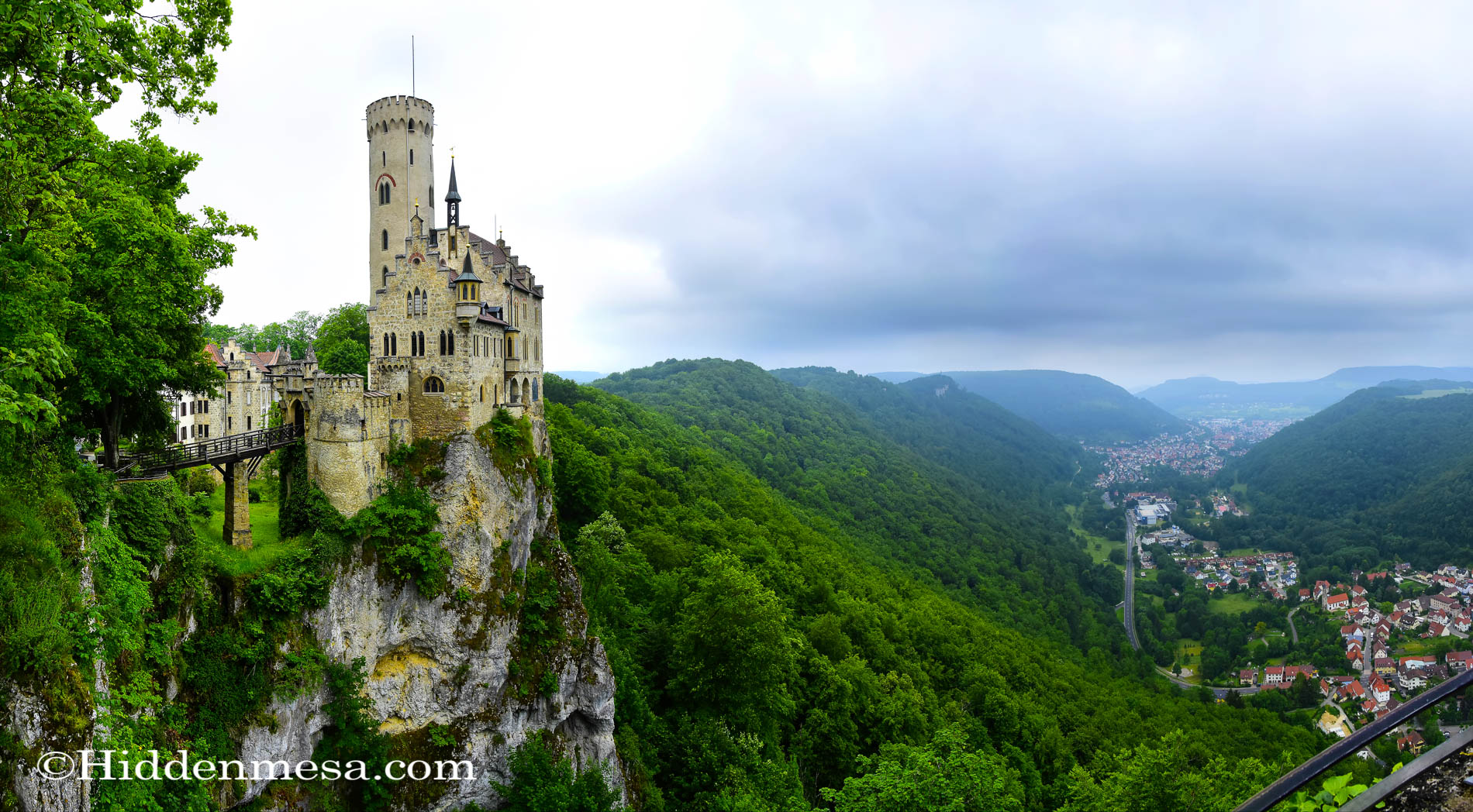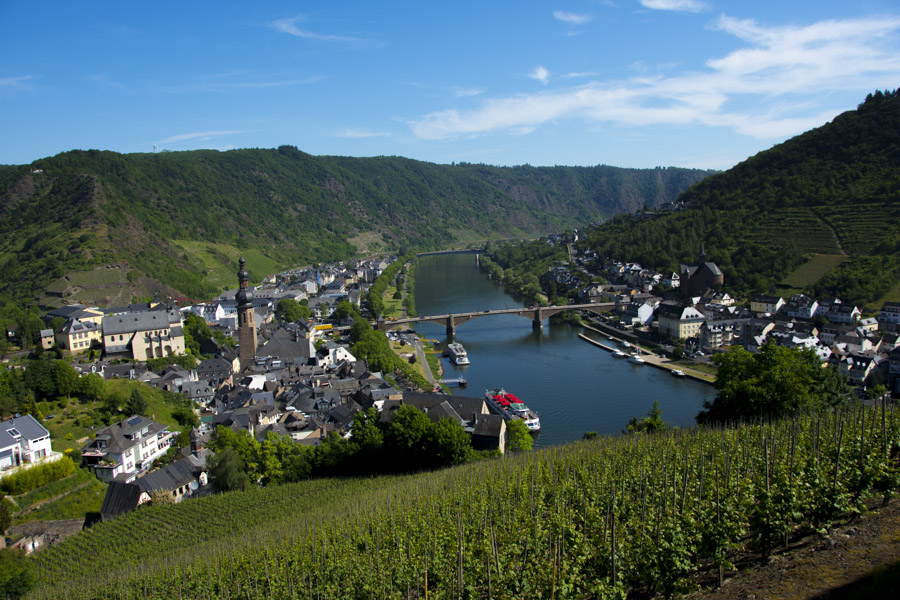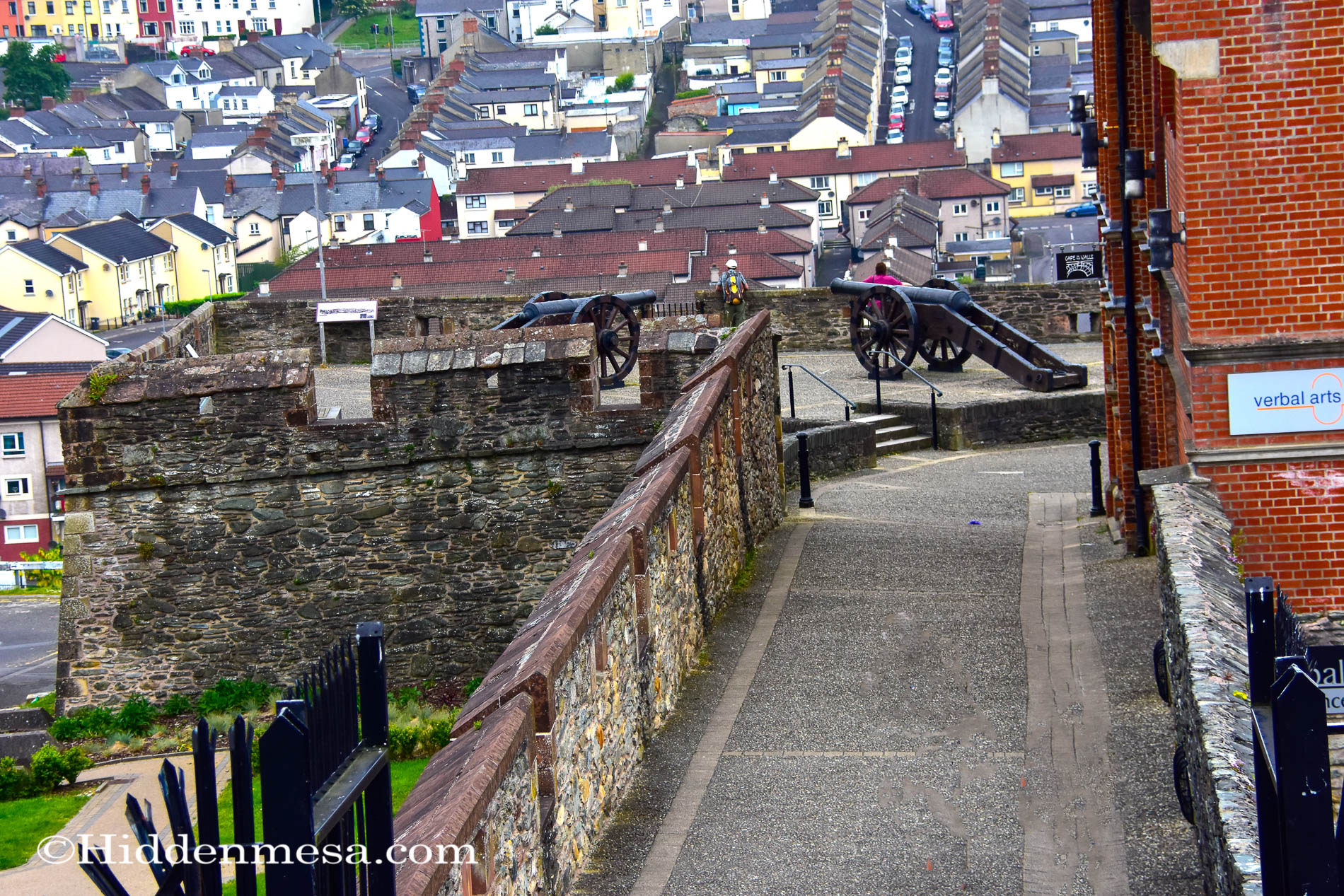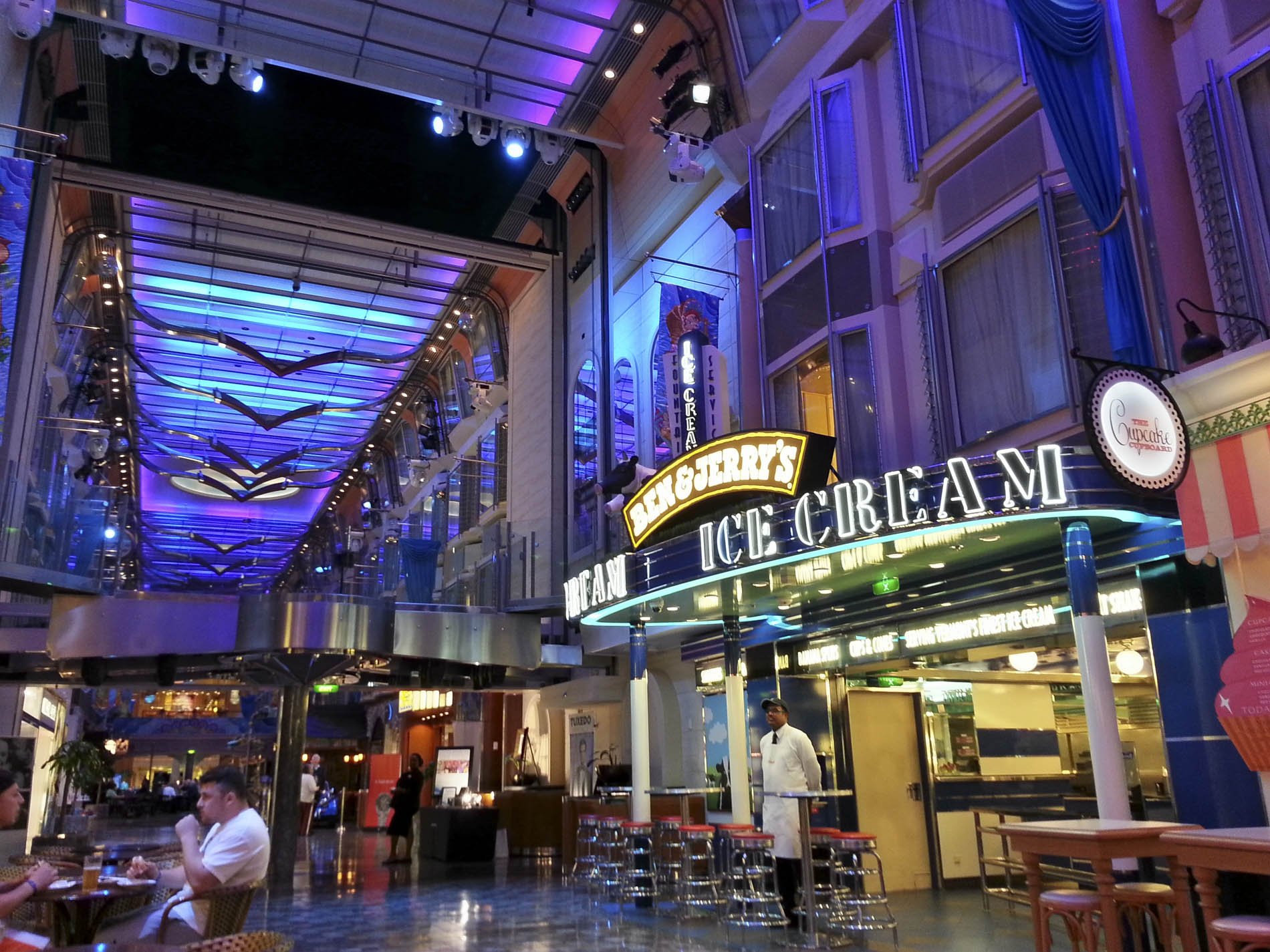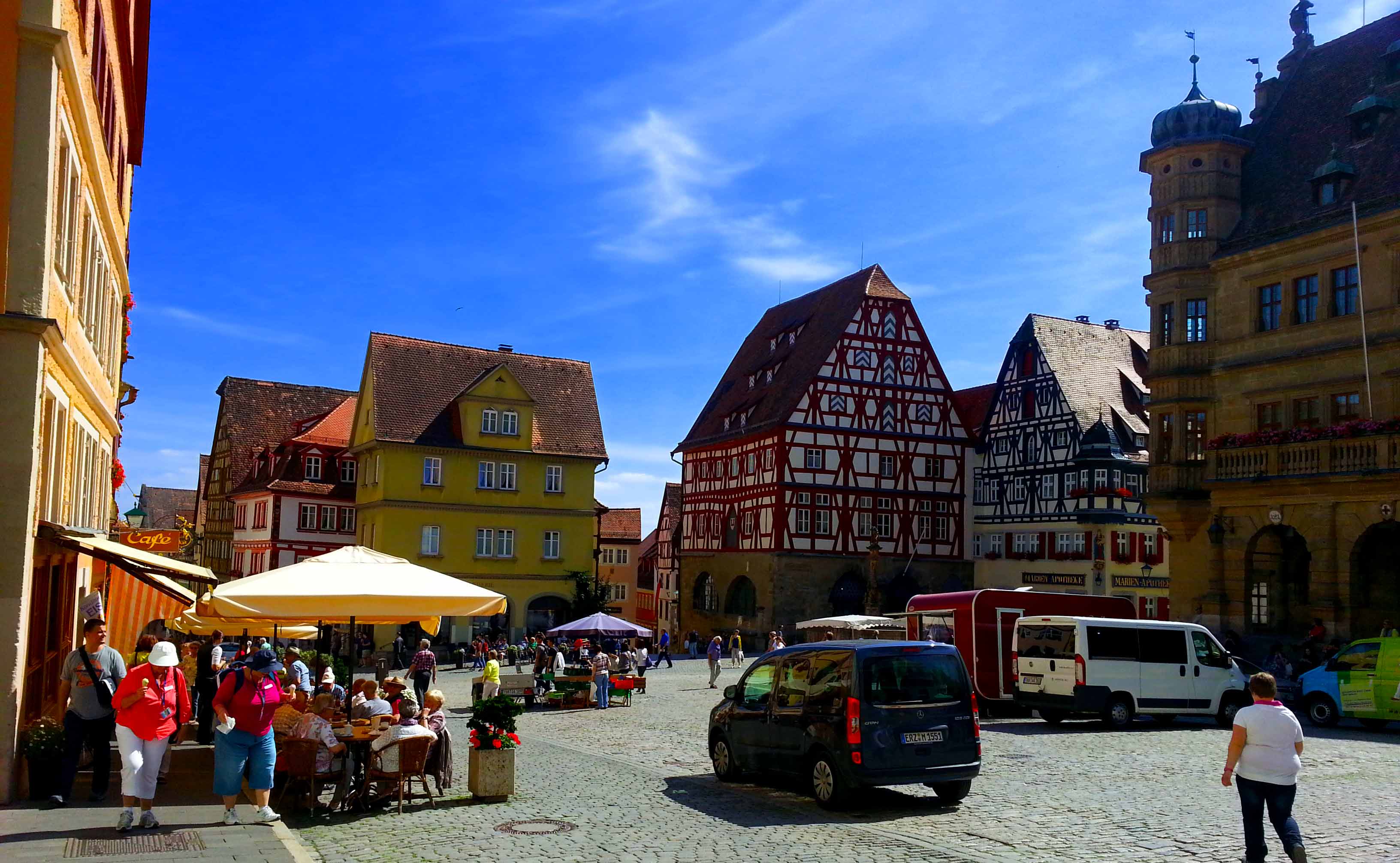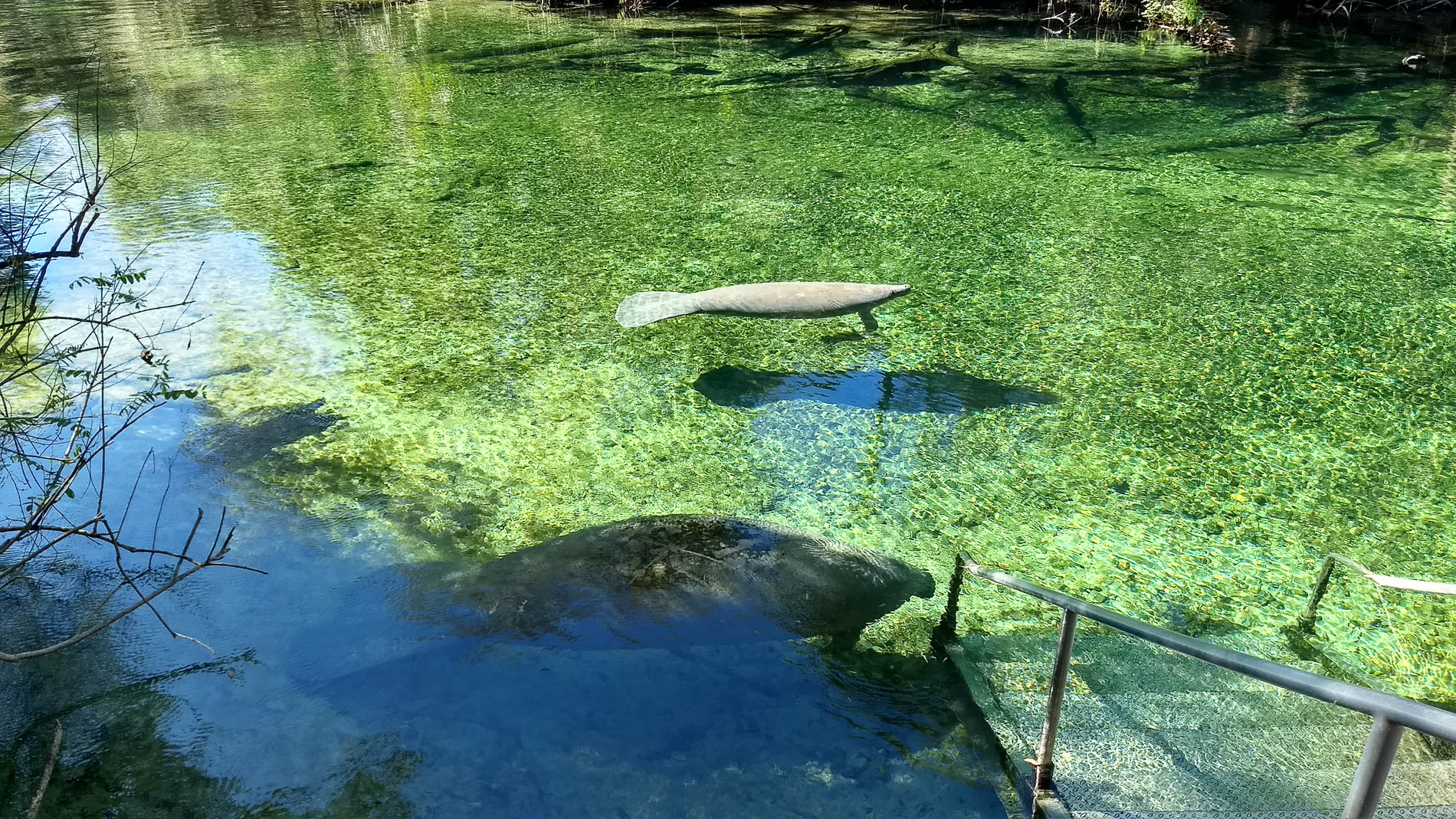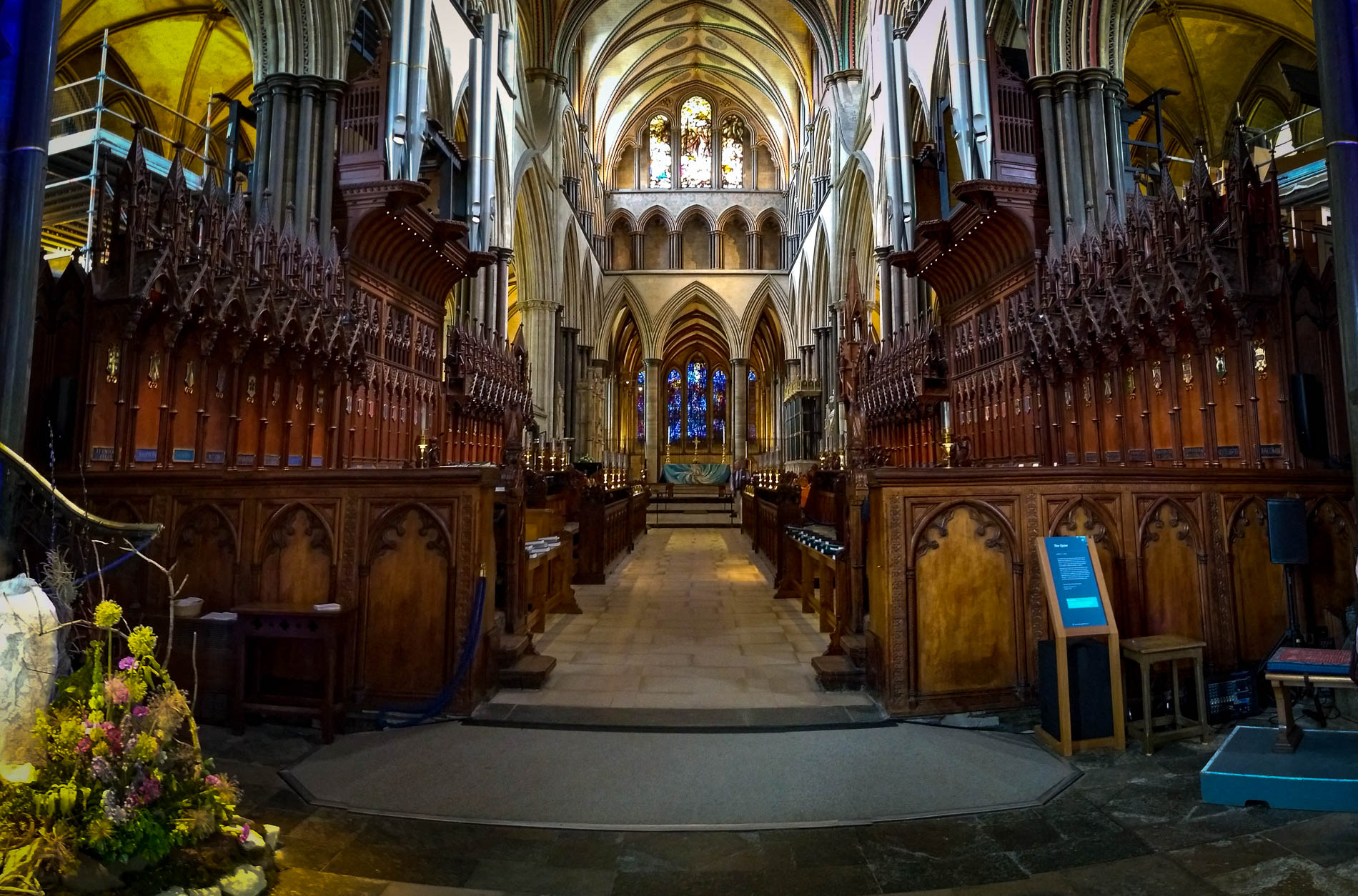The Early History
Gibraltar has a long and colorful history. The earliest evidence of habitation comes from two Neanderthal skulls that have been located in the area that are thought to date back around 50,000 years. Other evidence in the form of potshards, stone tools, and so on have been found inside the caves beneath the rock, suggesting that the area has been inhabited more or less for quite some time.
The Romans revered Gibraltar, believing it represented one of the Two Pillars of Hercules. They called it Mons Calpe, or the Hollow Mountain. It was regarded as the northern mountain of the Two Pillars. The southern pillar is thought to be in northern Africa, but its exact location has been the subject of debate for quite some time.
There’s a story in Roman history that talks about Hercules making a journey to the garden of Hesperides on the island of Erytheia as part of his “twelve labors.” In his way was the mountain of Atlas. Using his super-human abilities, rather than going around Atlas or climbing over, he simply smashed his way through, and in doing so, connected the Mediterranean Sea and the Atlantic ocean.
In more recent times, and times of actual documented history, Gibraltar has been one of the most heavily fortified and coveted strategic locations in European history. Some of the earliest documentation of Gibraltar is with the Phoenicians in 950 BC.
In more recent history, ownership of the rock has been disputed between Spain and the United Kingdom, and in fact still is a subject of contention between the two countries. Truthfully, exactly who claimed ownership of Gibraltar at any particular time is hard to follow if you’re not a serious student of European history. It bounced around from the Moors, Spain, the Moors again, then back to Spain, and finally ceded to the British in 1713, where, even though it’s been under siege 14 times in the last 500 years, has remained an Overseas territory of the United Kingdom.
World War II
Gibraltar was a significant place during World War II. It was used as a stopping off point for more than 500,000 American troops on their way to Africa, Italy, and other destinations. It was used as an organizational point for more than 189 trans-Atlantic convoys involving more than 11,000 ships, and was used as a stopping point for Allied ship traveling from Great Britain south to Sierra Leone.
Spain was initially neutral in the war, but after the invasion of France in June of 1940, switched to a position of “non-belligerence.” What that meant in this case is that Italian and German forces operated on Spanish soil, but without the direct help of the Spanish. It seems that after the recent civil war in Spain, much of their ability to feed themselves had been destroyed and they were getting most of their grains from America. It wouldn’t have taken much of a rocket scientist to know that declaring war on the Allies would have been a bad choice. Still, allowing the Germans and Italians to operate on their soil didn’t seem to be too bright either. Probably a rock and a hard place kind of thing.
Several attacks were carried out against Gibraltar with German, Italian, and Vichy French aircraft, but very little damage occurred. Italy used “human torpedoes” launched from ships, and divers from the shores of Spain to carry out raids on ships in the harbor. They actually managed to sink one merchant ship during the course of war.
Over thirty miles of tunnels were dug inside Gibraltar, adding to the already substantial fortification of the mountain. The debris from the tunnels was used to enlarge the landing field out into the harbor to enable heavily laden bombers to operate on their way in and out of Africa. This was important to Operation Torch, which commenced on November 8, 1942.
A large hospital was established inside the caves at St. Michael’s Cavern in anticipation of heavy casualties from Africa, but was never used. Today it’s a site of various cultural events including concerts.
An interesting thing occurred during World War II. It seems that the British were concerned about the safety of the civilian population of Gibraltar, so they evacuated most of the population. 10,000 people went to London, and a smattering of folks ended up in Madeira and Jamaica. The reason for the evacuations was actually two-fold. First there was the concern for the civilian safety, but there was also the anticipation that Gibraltar would need room for the many thousands of military personnel that would be there in preparation for Operation Torch.
We find it somewhat ironic that Gibraltar experienced relatively little damage from the war while Hitler’s Blitz attack on London was one of the most intense campaigns of the entire war. Over 20,000 civilians died in London and nearly 1 million homes were destroyed or damaged. Beginning on September 7th, 1940, London was bombed 56 out of the 57 days and nights that followed.
Modern Day Gibraltar
After the War, Gibraltar has become less important in a strategic military sense. As a result, most of the military presence has been replaced by local Gibraltar forces, and the money that’s usually associated with a heavy military presence has gone away. The airport, for example, is still technically still a Royal Air Force base, but no military aircraft are permanently stationed there. Instead, it is used by both Gibraltar and Spain to bring in the nearly 10 million tourists that visit the area annually.
As the military presence receded, the territorial government started shifting their emphasis towards tourism and finance as their principal industries. They improved or built new passenger terminals to welcome cruise ships, established marinas, and improved pedestrian shopping areas. They also encouraged financial services, now boasting one bank for every 1,700 people in the territory, and allowed gambling and duty-free shopping.
Today, Gibraltar is considered to be the second most affluent community in the European Union. It ranks 18th in the world in terms of gross domestic product per capita.
There still seems to be some contention between Spain and the United Kingdom in terms of who should have possession of Gibraltar. The UK would probably not be opposed to allowing Gibraltar to be totally independent, but the treaty of Utrecht—which placed Gibraltar under British rule in 1703—states that Gibraltar will revert back to Spanish rule if it ever leaves British control. We’re assuming that, in order to nullify the treaty, Spain would have to agree. Today, Gibraltar, while a territory of the united Kingdom, is essentially self-governing.

